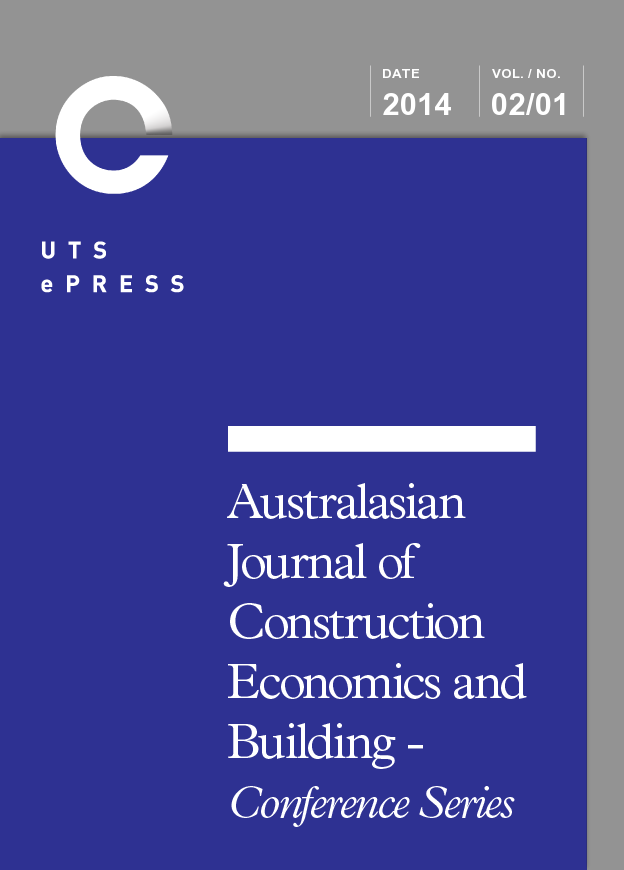Effective Project Scheduling Under Workspace Congestion and Workflow Disturbance Factors
Main Article Content
Abstract
Effective project management implies the use of advanced planning and scheduling methods that allow to determine feasible sequences of activities and to complete a project on time and on budget. Traditional scheduling tools like fundamental Critical Path Method (CPM) and various methods for Resource Constrained Project Scheduling Problem (RCPSP) and Time Constrained Project Scheduling Problem (TCPSP) have many shortcomings for construction projects where spatial factor plays a critically important role. Previous attempts to interpret space as a specific resource were successful for particular problems of line-of-balance scheduling, space scheduling, dynamic layout planning, horizontal and vertical logic scheduling, workspace congestion mitigating, scheduling multiple projects with movable resources, spatial scheduling of repeated and grouped activities and motion planning. However, none of these methods considers the spatio-temporal requirements in a holistic framework of generic RCPSP problem and provides feasible results accounting for workspace and workflow factors. In this paper we start with the classical RCPSP statement and then present mathematically strong formalisation of the extended generalised problem, taking into account workspace congestion and workflow disturbance constraints specified in practically meaningful and computationally constructive ways. For the generalised RCPSP problem an effective scheduling method is proposed. The method tends to minimise the project makespan while satisfying timing constraints and precedence relations, not exceeding resource utilisation limits, avoiding workspace congestions and keeping workflows continuous. The method reuses so-called serial scheduling scheme and provides for additional computational routines and heuristic priority rules to generate feasible schedules satisfying all the imposed requirements. Advantages of the method and prospects for its application to industrial needs are outlined in the paper too.
Article Details
Section
Authors who publish with this journal agree to the following terms:
a) Authors retain copyright and grant the journal right of first publication with the work simultaneously licensed under a Creative Commons Attribution License that allows others to share and adapt the work with an acknowledgement of the work's authorship and initial publication in this journal.
b) Authors are able to enter into separate, additional contractual arrangements for the non-exclusive distribution of the journal's published version of the work (e.g., post it to an institutional repository or publish it in a book), with an acknowledgement of its initial publication in this journal.
c) Authors are permitted and encouraged to post their work online (e.g., in institutional repositories or on their website) prior to and during the submission process, as it can lead to productive exchanges, as well as earlier and greater citation of published work (See The Effect of Open Access). Where authors include such a work in an institutional repository or on their website (ie. a copy of a work which has been published in a UTS ePRESS journal, or a pre-print or post-print version of that work), we request that they include a statement that acknowledges the UTS ePRESS publication including the name of the journal, the volume number and a web-link to the journal item.
d) Authors should be aware that the Creative Commons Attribution (CC-BY) License permits readers to share (copy and redistribute the work in any medium or format) and adapt (remix, transform, and build upon the work) for any purpose, even commercially, provided they also give appropriate credit to the work, provide a link to the license, and indicate if changes were made. They may do these things in any reasonable manner, but not in any way that suggests you or your publisher endorses their use.
